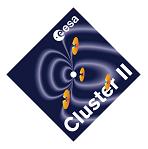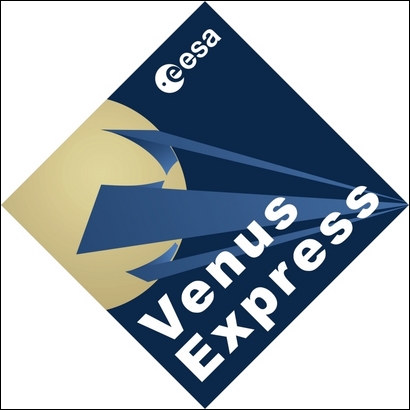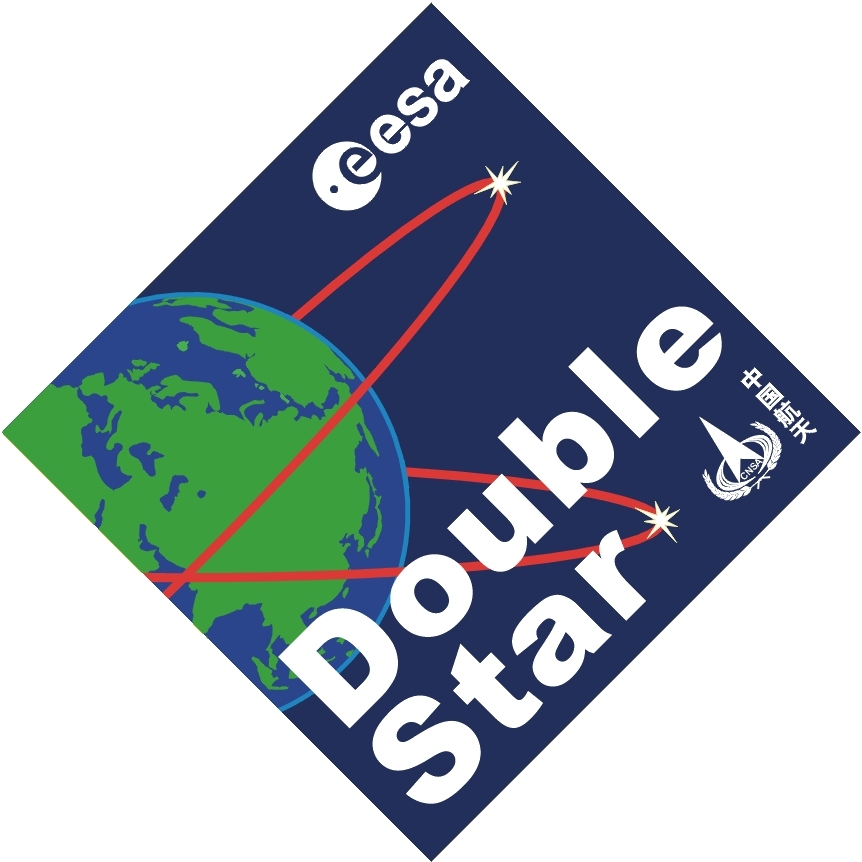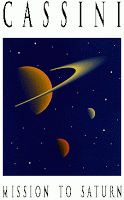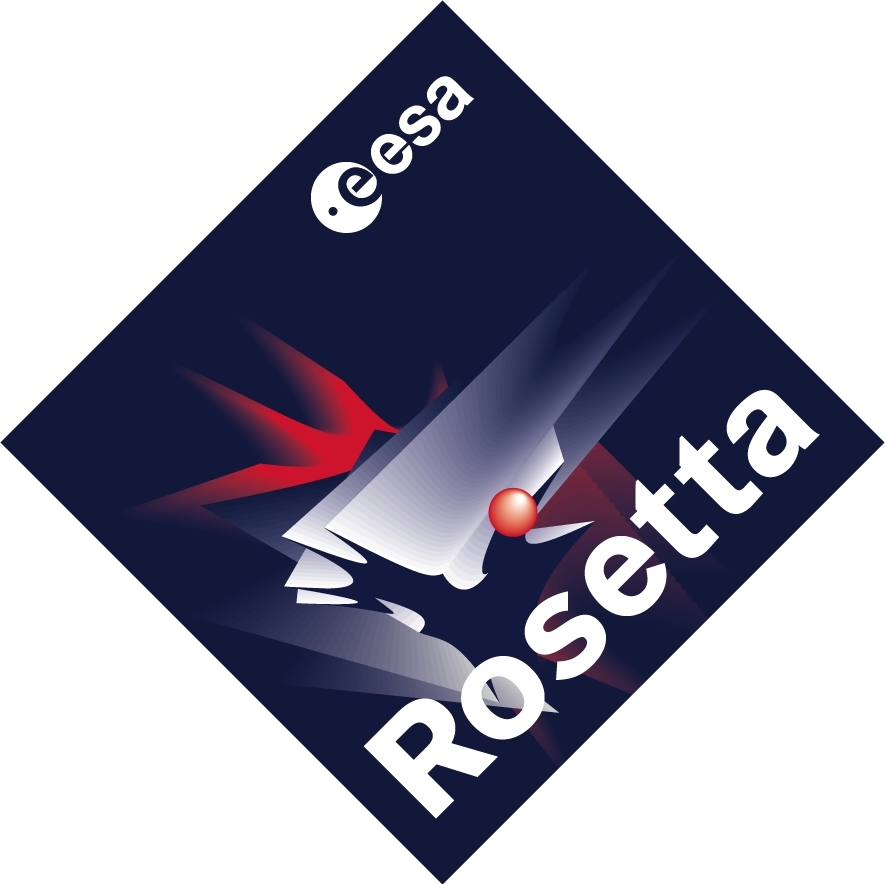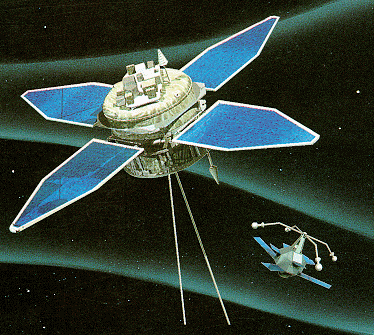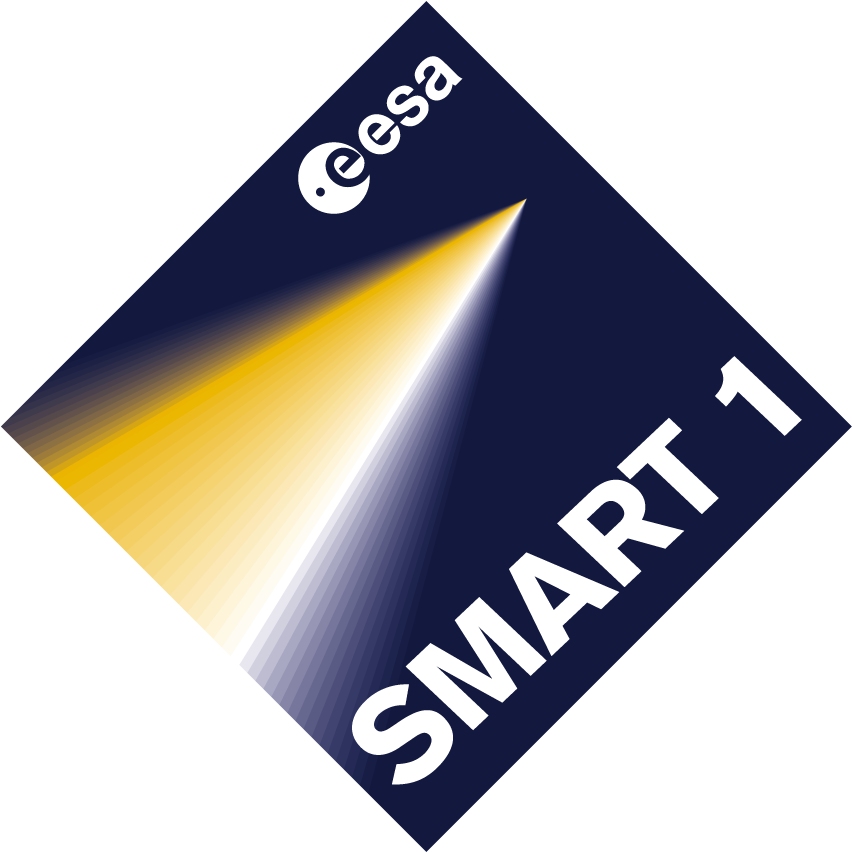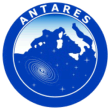Space Systems Laboratory (SSL)
Research activity A brief account of the research activity and interests of SSL members: Mr Homayon AryanHomayon Aryan joined the Space Systems Laboratory in 2011 to study towards a PhD in application system approach to the modelling and forecasting of fluxes of high energy electrons in the terrestrial radiation belts. Before joining the group he completed a master degree in Aerospace Engineering with Private Pilot Instructions (distinction) at the University of Sheffield (2007 - 2011) and also obtained a Private Pilots Licence. As part of his final year dissertation he designed, built and tested a prototype Martian unmanned aerial vehicle capable of flying within the thin Martian atmosphere for more than two hours. Currently, he is studying the trends in energetic particles within the Van Allen Radiation belts and also he is analysing shocks associated with coronal mass ejections (CMEs) and co-rotating interactive regions (CIRs) in the vicinity of Venus and the Earth using data from the Venus Express (VEX) and Advanced Composition Explorer (ACE) spacecrafts.  Prof. Michael BalikhinProf. M. Balikhin joined the Space Systems Laboratory (prior to 2011 Space Systems Group) in 1995. His main scientific interests since his PhD in 1989 are the physics of collisionless shocks, plasma turbulence and nonlinear systems. His later acquired research topics include dynamics of radiation belts and waves in the inner magnetosphere. The first spacecraft project that Michael has been involved was VEGA mission to Comet Halley , for which he had a Co-I status in APVN instrument developed to measure low frequency waves. Presently M. Balikhin is the PI of DWP instruments onboard of four ESA Cluster satellites.  Dr Richard BoyntonMy research has focused on modelling the solar-terrestrial system using the NARMAX system identification technique and, in particular, forecasting space weather. Space weather events can be hazardous to satellites and human in space, and can even cause havoc on ground based infrastructure. These events can significantly increase the probability of detrimental effects to the onboard satellite systems and can even lead to permanent hardware damage. Powering down certain systems that are at risk can mitigate the hazardous effects on the satellites, however, this requires prior knowledge of events. Therefore, the forecasting of space weather events is highly valuable to society due to our reliance on modern technology. My research has enabled me to develop real time forecasting tools that are able to predict hazardous space weather events. For example, the real time forecast of the radiation belt >800 keV and >2 MeV electron fluxes are provided here.  Mr Ivan P PakhotinResearch Topics:  Dr Simon PopeDr Pope specialises in both data processing techniques for spacecraft instrumentation and identification and analysis of nonlinear processes in space plasma. Notable contributions include the development and implementation of automated methods to remove spacecraft generated interference in scientific measurements. These techniques have been successfully applied to the data from the magnetic field instrument onboard Venus Express [Zhang et al., 2007; Pope et al., 2011]. With respect to scientific analysis, Dr Pope has used Venus Express magnetic field data to detect very large scale vortices in the upper ionosphere of Venus and which may play a role in mass loss from the atmosphere [Pope et al., 2009]. Dr Pope has also contributed to a study which identified a new type of shock [Balikhin et al., 2008] and various studies of plasma processes at Venus, including the bow shock [Zhang et al., 2008a] and magnetic barrier [Zhang et al. 2008b].  Dr Keith YearbyKeith Yearby attained his PhD in the Physics department at the University of Sheffield in 1982, using Very Low Frequency (VLF) radio waves to study the Earth's magnetosphere. He then spent two years operating the VLF experiments at the British Antarctic Survey base Halley, before returning to work in VLF research at Cambridge and Sheffield. In 1989 he joined the Space Instrumentation Group within Automatic Control and Systems Engineering to work on the development of the Digital Wave Processor (DWP) instrument for the ESA/NASA Cluster mission. Other space instrumentation projects have included hardware and software support for the DWP instrument on the Russian Mars 96 mission, design and construction of electronics for a Faraday Cup instrument on the Varient mission, and the design and manufacture of a DWP instrument for the Chinese Double Star mission. Although based on the Cluster DWP, the Double Star instrument included the hardware and software for a spectrum analyser for magnetic field fluctuations. Research InterestsKeith Yearby is presently the technical manager for the Digital Wave Processor instrument. The DWP is the central part of the Cluster Wave Experiment Consortium, a group of instruments from institutes throughout Europe and the USA. His work includes co-ordinating the consortium and to support this a testbed comprising a set of spare instruments and an interface simulator has been developed. To support the analysis of the Wave Consortium data he has developed a time correction dataset that enhances the standard 2ms timing accuracy to around 20 µs. He is also working on the archiving of the data of the Digital Wave Processor instrument on the Chinese Double Star mission.  |
Research Projects
|

